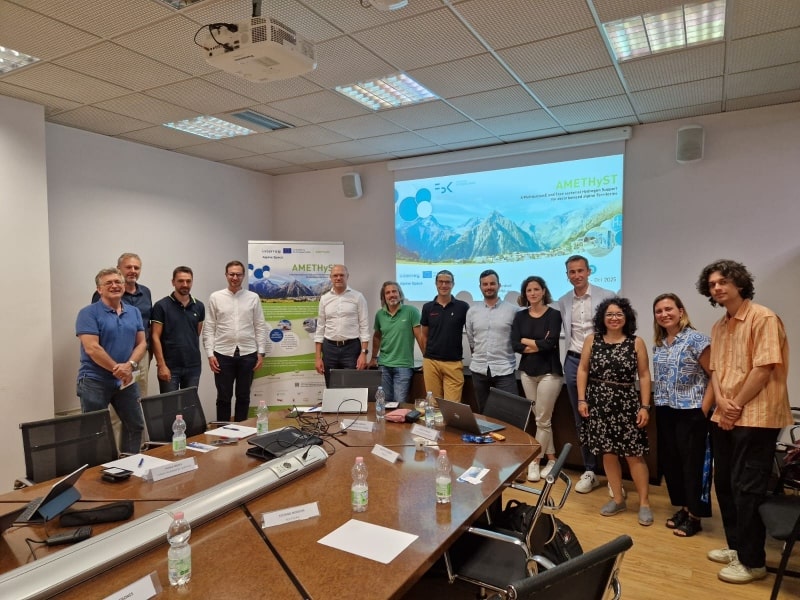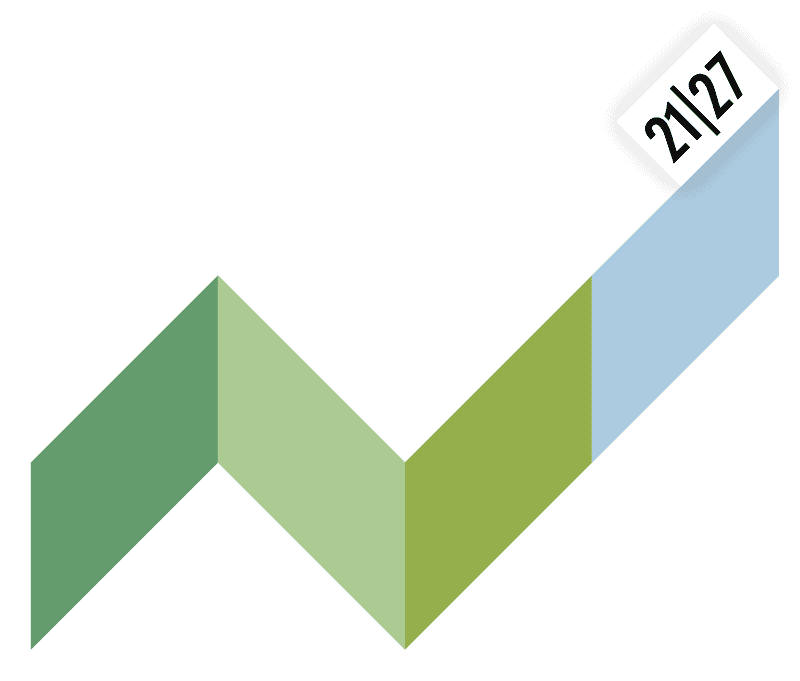AMETHyST project is an Interreg Alpine Space project whose aim is to support the deployment of local Alpine green hydrogen ecosystems to pave the way for a post-carbon lifestyle in the Alps. The Center for Sustainable Energy of the Bruno Kessler Foundation coordinates the first of three work packages, which aims at raising awareness in the territories involved on the potential of green and low carbon hydrogen in the Alpine area, with a specific attention to the tourist sector. In the framework of these activities, all partners that are in charge of a case study had to organise two roundtables.
The case study of FBK will be the ski area of Funivie Madonna di Campiglio, for which FBK researchers will perform a feasibility assessment on decarbonization scenarios and H2 applications adoption.
The first roundtable tool place on July 7, was organised by Funivie Madonna di Campiglio and had a focus on territorial synergies for hydrogen deployment.
On July 13th, the Center for Sustainable Energy organized a second roundtable in Trento but this time the attention was pointed on the application of H2 solutions in the Alps (with a focus on the case study), and therefore it saw the participation of three companies that are already providing H2 solutions to the Alpine tourism sector.
Following the presentation of the AMETHyST project and the case study, by Eleonora Cordioli – researcher at the Centre for Sustainable Energy and WP Leader of AMETHyST – and of the potential H2 applications that could be applied to the ski area, by researcher Jacopo de Maigret, the three companies illustrated some ready-to-market applications:
- PRINOTH, with their H2 snow groomers that could be equipped with hydrogen fuel cell or with a hydrogen internal combustion engine;
- SOLYDERA, with their energy solutions based on the proprietary Solid Oxide Fuel Cell (SOFC) and stack technology for distributed cogeneration of heat and power;
- GKN HYDROGEN, with their ready to use solutions based on metal hydrides hydrogen storage: power to power solutions (providing electricity, and heat when needed) or hydrogen storage for long term storage.
All technologies provide advantages, but there are still some challenges to overcome, in particular when referring to their implementation in the Alpine areas. These challenges and opportunities were discussed between companies, potential adopters (other cable car companies in Trentino) and local stakeholders during the roundtable, identifying the bottlenecks like safety, bureaucracy, and costs, how to potentially overcome these problems and the substantial advantages that these technologies can provide.
The next step for AMETHyST project will be the mid-term conference that will take place in Trento in 2024.



